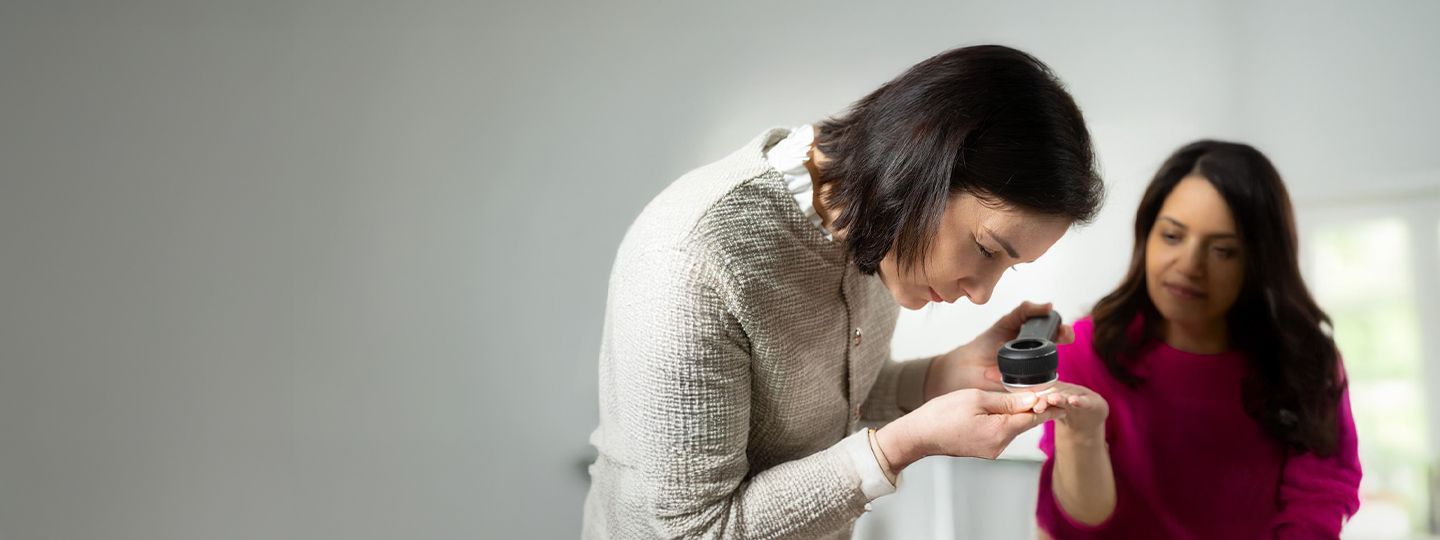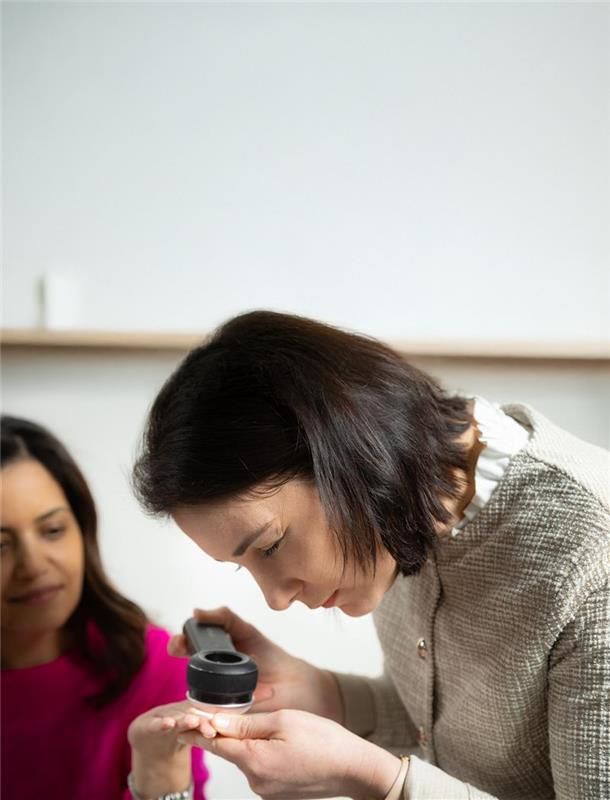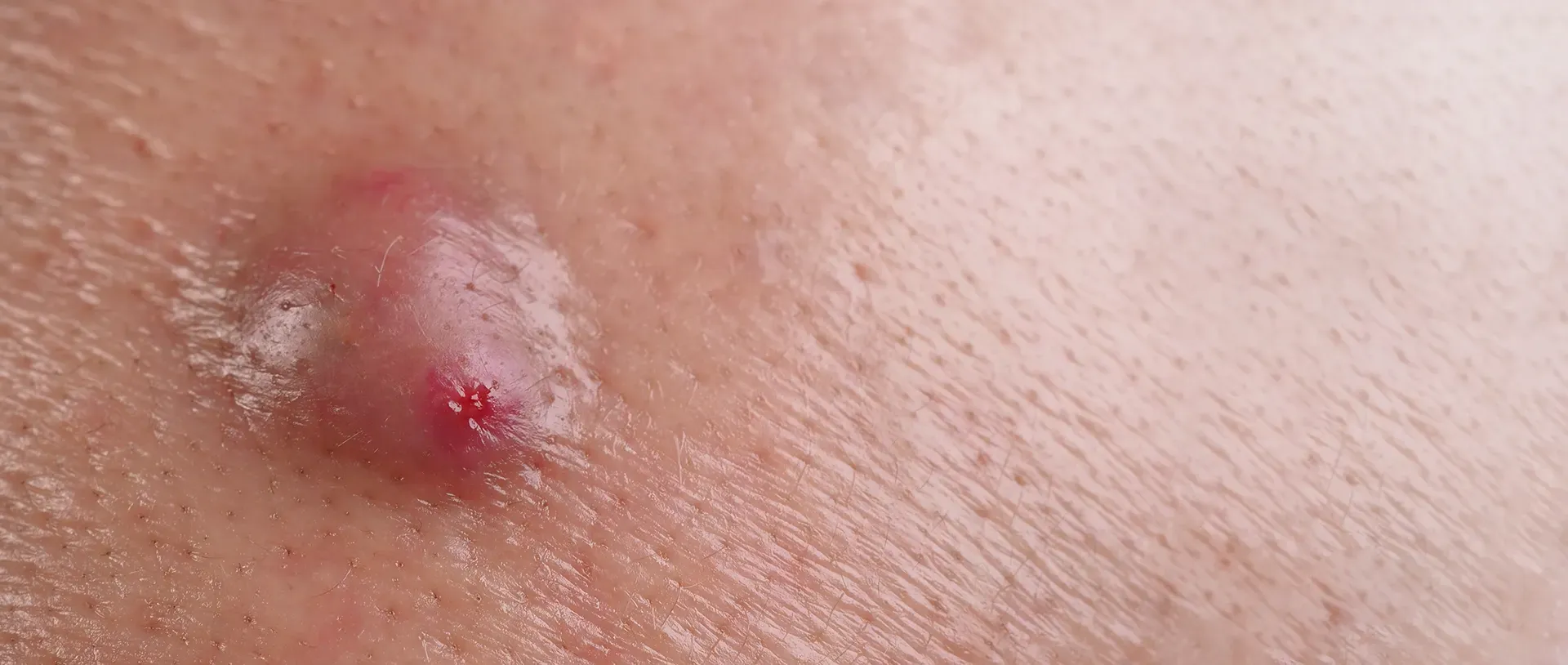

Skin Lumps & Bumps Removal
Book an appointment
Please contact your insurer prior to booking to ensure this service is covered.
Please contact your insurer prior to booking to ensure this service is covered.

Diagnosis & Removal Of Common Skin Lumps & Bumps

Warts
Warts, caused by the human papillomavirus (HPV), can be resistant to over-the-counter treatments and cause discomfort, especially on pressure points, like foot soles. Surgical removal provides a permanent solution by eliminating the wart at the root and reducing the risk of recurrence.

Moles
Moles are growths on the skin that are typically benign. However, changes in their size, shape, or colour could be a sign of skin cancer.
It is usually monitored & if removal is necessary, it can be done through a quick surgical procedure, often for cosmetic reasons or to rule out any health concerns.

Skin Tags
Skin tags are small, soft, flesh-coloured growths that often appear in areas where the skin folds, such as the neck, armpits, groin, or under the breasts. They are usually harmless but can become irritated by friction or cause cosmetic concerns.
Treatment usually includes quick removal by freezing, cauterising, or snipping under local anaesthetic.

Breast Cyst
Breast cysts are fluid-filled sacs that can develop in the breast tissue. While many resolve on their own, regular monitoring and consultation with a healthcare professional can help determine the most appropriate course of action.
Breast cysts removal is performed by plastic surgeons.

Milia
Milia are small, white cysts that typically form around the eyes, though they can also appear on other areas of the face. These cysts occur when dead skin cells become trapped in the pores, forming hard, pearly bumps. While they are generally harmless, milia can cause cosmetic concerns.

Cysts

Lipoma
Your Recovery & Aftercare Guide

Follow-Up Appointments
Regular follow-up visits may be required to monitor the healing process and ensure there isn’t any uncertainty regarding the tissue removed.

Wound Care
It's important to follow your specialist’s instructions carefully when caring for a wound or treated area, as this helps prevent infection, promotes proper healing, and minimises the risk of complications or scarring.

Activity Restrictions
Avoid intense activities and follow your doctor’s advice to support optimal healing and reduce the risk of complications.
Mole Removal
FAQs
You can book an appointment through any of the following options:
Email us at info@lips.org.uk
Call us at +44 (0) 207 164 6114.
Book directly through our website.
Self-Pay
Booking Online:
Debit or credit card (Visa & Mastercard)
Apple Pay or Google Pay
Booking Over the Phone:
A secure online payment link, shared by the medical assistant.
Alternatively, you can provide your card details over the phone to our medical assistant for a secure one-time card payment.
Insured:
You must provide the following details at the time of booking, either online, over the phone or via email:
Insurer name
Authorisation code
Membership number
A mole is a pigmented lesion found on the skin made up of local growth of melanocytes (piment producing cells). Moles can be congenital (from birth) or acquired.
Cancerous moles can be any colour, shape or size. They can arise from a pre-existing mole, however most cancerous moles are new moles. Warning signs are lesions that are new, multi-coloured, itching, bleeding, growing/ changing shape or look different from the rest of your moles
There are different types of skin cancer. Any mole that is new and changing/ evolving may represent a cancerous mole and should be assessed by a Dermatologist. In addition, any new and non-healing lesion should also be further assessed.
A skin tag is a common soft harmless lesion that has the appearance of hanging off the skin. Skin tags tend to occur as we age and are commonly found in body folds/ the neck area.
Warts are caused by the HPV virus and are common. Warts may be contagious if the skin is broken or macerated.






